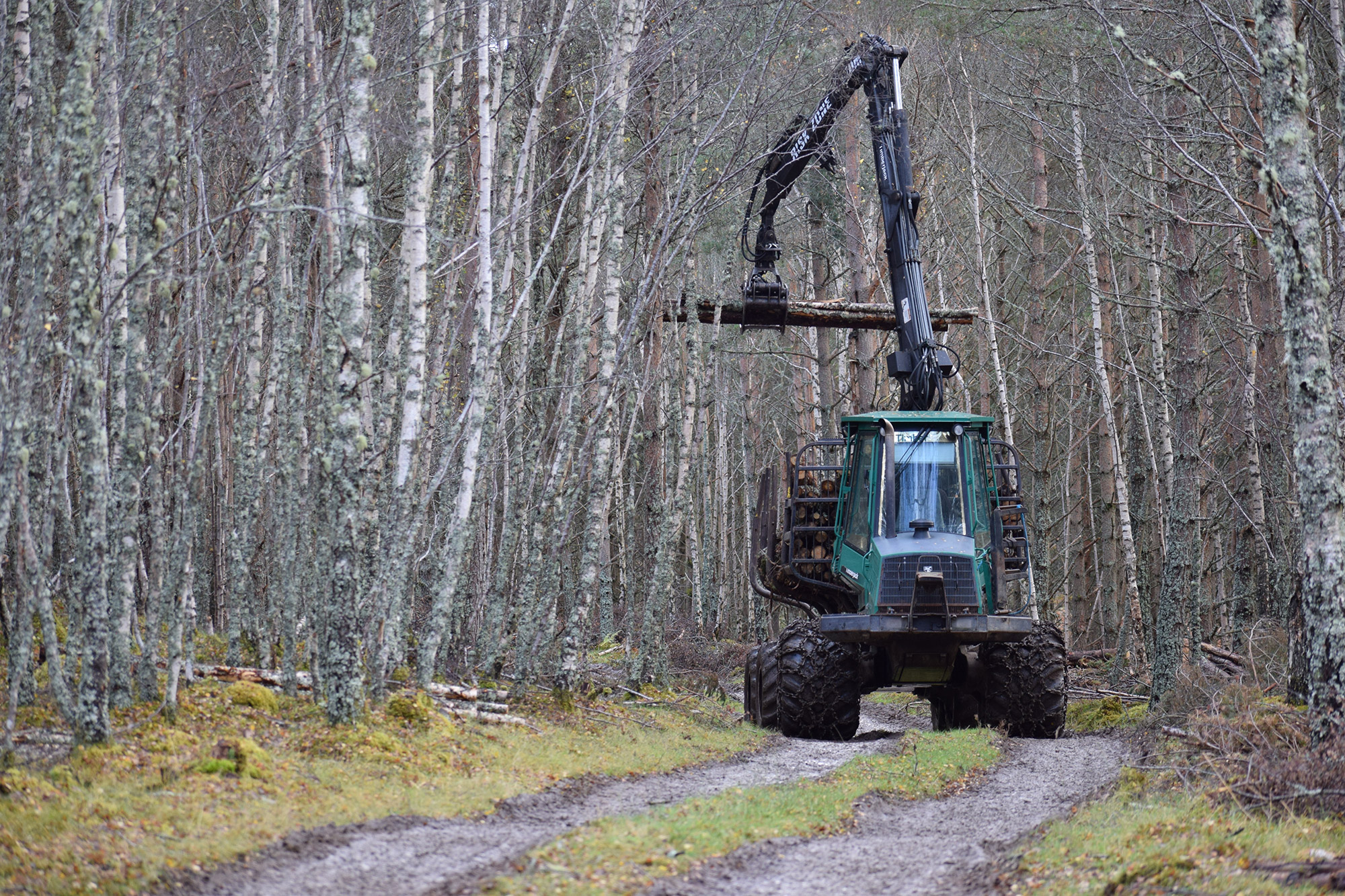Canada’s commercial forestry began during the 1600s, with the harvesting of Newfoundland pines for shipbuilding. Today, 164 million hectares of Canadian forest have received third-party certification for sustainable forest management. That’s 47 percent: more than any other country in the world.
Climate change is affecting both the health of forest ecosystems and the future of the forest industry in Canada. That’s why modern forest management focuses on reducing sources of greenhouse gas emissions, while maximizing our forests’ abilities to act as carbon sinks. The Canadian Forest Service monitors the carbon balance of Canada’s forests using the best available scientific data.
Nature isn’t just part of our identity as Canadians, it’s also part of the solution to climate change and it’s a solution we can start using today.
— Prime Minister Justin Trudeau
Reducing Greenhouse Gas Emissions
Canada’s forest industry has reduced its greenhouse gas emissions by 38 percent since 2006. This is partly because the industry has reduced its reliance on fossil fuels. In fact, more than 50 percent of the energy used by the sector is now renewable. It’s produced using wood chips and other waste biomass generated during timber harvesting or wood processing.
Sustainable Harvesting
One aspect of sustainable forestry involves harvesting a relatively small number of trees, infrequently enough that the forest can regenerate. Provincial and territorial regulations keep annual harvests well below sustainable levels: in 2017, only about 0.3 percent of available wood was taken. Forest patches are allowed to grow for at least 60 years between harvests.
Sustainable forestry also uses harvesting methods that mimic the effects of natural disturbances like forest fires and insect outbreaks. In 2019, an average forest fire in Canada burned about 470 hectares: logging cuts are much smaller than that. Finally, forest managers are working to harvest trees in ways that help maintain the forest’s biodiversity, and to salvage wood from trees killed by natural causes.
Restoration and Regeneration
Canadian forestry occurs almost entirely on public land. Public forests must be reforested after harvesting: it’s the law.
About 44 percent of harvested areas regenerate naturally. The other 56 percent are seeded or planted. In 2017, 572 million seedlings were planted on public lands across the country, most in harvested areas.
Others were used to help restore forests affected by fire and insects. These reforestation efforts help sustain the environment, Canadian communities, and the forest industry.
In 2019, the Federal Government announced its plans to plant an incremental two billion trees by 2030. This initiative will help Canada achieve its goal of net-zero carbon emissions by 2050.












































